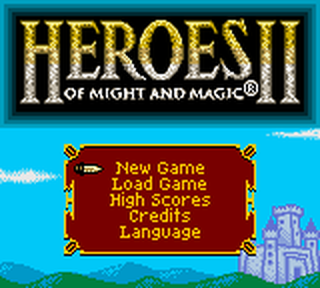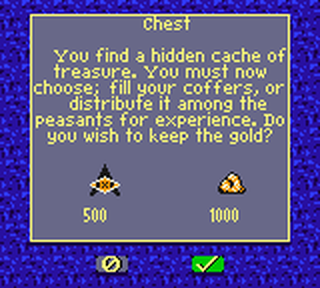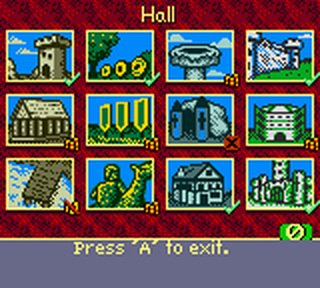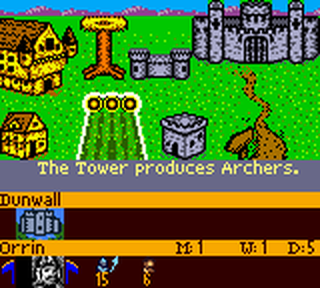

Pokemon cards originally came out a little after my time. They were really aimed at a slightly younger audience. Of course, I say this as someone who still has their collection of Garbage Pail Kids. If only I had had the foresight to buy up as many Pokemon cards as I could when they first came out. But you can say that about so many things, hindsight being what it is. Likewise, I never really got into Pokemon video games. At least not until Pokemon Go came along in 2016…I’m still playing that one.
Pokemon Crystal is one of many somewhat similar Pokemon games released on various Game Boy iterations over the years. At their heart, they are role-playing games. I like RPGs but again, these were just aimed at a slightly younger audience. They tended to be relatively non-violent (Pokemon “faint” and don’t die after all)…if you consider enslaving sentient creatures non-violent anyway, and have relatively simplistic plot-lines. That along with all the cute creatures made these games a lot more kid friendly than your typical fantasy RPG.
Each Pokemon game has its own (but generally similar) story but whatever the story is, you can bet that you need to do a lot of Pokemon catching, training, evolving and battling. Pokemon Crystal for the Game Boy Color is no exception. Released after the successes of Pokemon Gold and Pokemon Silver, Pokemon Crystal also had similar success. There were several improvements for Pokemon Crystal but these were mostly minor. Why mess with what works? And given the sales numbers, what they were doing was definitely working for them.


The story line in Pokemon Crystal isn’t very complex and is similar to previous games. Basically, you have to raise and battle Pokemon to ultimately become the Johto League Champion. Pokemon Crystal includes a larger role for Legendary Pokemon and introduces some new characters but the overall plot is substantially the same as previous games.
One interesting feature that only existed in the Japanese version was support for the Mobile System GB. This was an adapter and cell phone based subscription service that allowed for wireless networking between devices. In the case of Pokemon Crystal, it allowed players to battle each other, trade Pokemon, play mini-games, interact with data from Pokemon Stadium 2 on the Nintendo 64, and more. This service was never released outside of Japan.
Even without that feature, Pokemon Crystal was generally considered the best Pokemon game up until that point. As mentioned above, it got mostly positive reviews. Some reviewers complained about how it basically used the same game engine and setting that had been used for years at that point. I tend to agree but I guess you can’t argue with success.

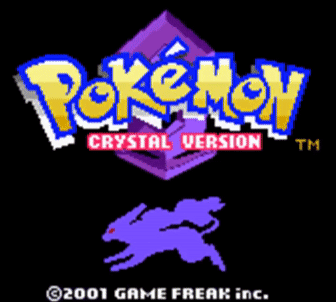
At the end of the day, if you are a Pokemon fan, you’ll probably love this game…or have good memories of it. If you were never really into Pokemon, then I don’t think it will have much appeal. I would argue that Pokemon Go has as much of a story and more game play depth but others may disagree. If you want to give it a try, like most old systems it can be easily emulated. You can track down an original copy but Pokemon games tend to be pretty expensive. I’m not entirely sure why as I would think they are quite common. I think Pokemon is one of those games that hits hard with nostalgia though, making them always in demand.





